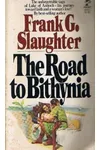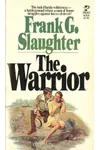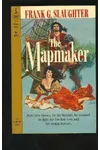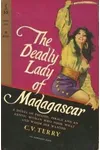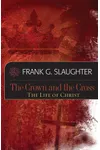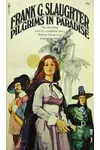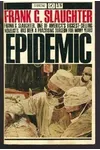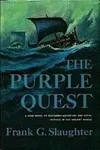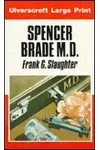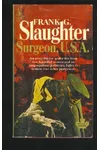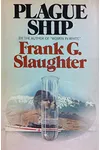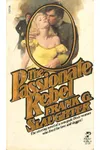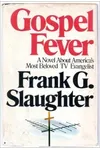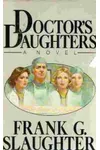Picture an American storyteller who turned the operating room into a stage for thrilling tales—meet Frank G. Slaughter! A surgeon-turned-novelist, Slaughter blended his medical expertise with a passion for history and biblical stories, selling over 60 million books worldwide. His gripping medical thrillers and historical epics captivated readers, making complex science accessible and storytelling unforgettable.
Born in 1908, Slaughter’s journey from a Washington, D.C., childhood to literary stardom is as compelling as his novels. With a knack for weaving real-world medicine into page-turning fiction, he pioneered the medical thriller genre, leaving a legacy that still resonates today.
The Making of Frank G. Slaughter
Frank Gill Slaughter was born on February 25, 1908, in Washington, D.C., to Stephen and Sarah Nicholson Gill. At age five, his family moved to a farm near Berea, North Carolina, where young Frank grew up surrounded by tobacco fields and rural life. A prodigy, he earned a bachelor’s degree from Trinity College (now Duke University) at 17 and graduated from Johns Hopkins Medical School in 1930. After surgical training in Virginia, he settled in Jacksonville, Florida, in 1934, joining Riverside Hospital. There, while paying off a $60 typewriter at $5 a month, he began writing fiction in 1935, inspired by his medical experiences and love for history.
Slaughter’s early writing was a side hustle, with hundreds of short stories yielding just one sale for $12 in 1938. His persistence paid off when his semi-autobiographical novel, That None Should Die, was published in 1941 after six rewrites, launching his career. World War II saw him serve as an Army surgeon, commanding a hospital ship in the Pacific, an experience that deepened his storytelling.
Frank G. Slaughter’s Unforgettable Stories
Slaughter’s novels, numbering over 60, are a masterclass in blending medicine, history, and faith. His debut, That None Should Die (1941), tackled socialized medicine through a young doctor’s eyes, striking a chord globally and never going out of print. Plague Ship (1976) is a high-stakes medical thriller about a deadly ancient germ unleashed in the Andes, showcasing Slaughter’s knack for making science suspenseful. His historical fiction, like The Galileans (1953), reimagined biblical tales, depicting the medical school at Alexandria with vivid detail, while Sangaree (1948) brought 1700s Charleston to life with pirate adventures.
Known for fast-paced plots and surgeon-heroes, Slaughter’s style was accessible yet rich with research. He introduced readers to cutting-edge medical discoveries, from plastic surgery techniques in ancient Alexandria to heart surgery breakthroughs. His biblical and historical novels, often written under the pseudonym C.V. Terry, reflected his spiritual depth, while his medical dramas critiqued doctors prioritizing wealth over service. Films like Seminole (1953) and Doctors’ Wives (1971), starring Dyan Cannon and Gene Hackman, brought his stories to the big screen.
Slaughter’s output was prolific—about 1,000 words daily, totaling 100,000 words annually. Collaborating with editor William DuBois on 27 books, he maintained suspenseful narratives that pinned readers to the last page, even if critics noted his descriptive writing wasn’t his strongest suit.
Why Frank G. Slaughter Matters
Frank G. Slaughter didn’t just write books; he bridged medicine and literature, making complex science relatable through storytelling. His novels educated millions about medical advancements while entertaining with tales of courage and intrigue. As a pioneer of medical fiction, he paved the way for authors like Robin Cook, blending fact with fiction in a genre that thrives today. His biblical retellings offered spiritual resonance, appealing to diverse readers, while his historical novels preserved eras with meticulous detail.
Despite rarely traveling—he visited Europe once and never the Middle East—Slaughter’s imagination transported readers worldwide. His 60 million books, translated into 23 languages, reflect a universal appeal, cementing his legacy as a storyteller who made medicine thrilling and history alive.
- Born: February 25, 1908, Washington, D.C.
- Key Works: That None Should Die, Plague Ship, The Galileans, Sangaree
- Notable: Sold over 60 million books; novels adapted into films like Seminole and Doctors’ Wives
- Died: May 17, 2001, Jacksonville, Florida
Snag Plague Ship or The Galileans and dive into Frank G. Slaughter’s thrilling world of medical drama and historical adventure!









